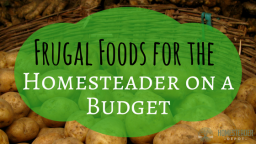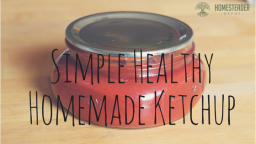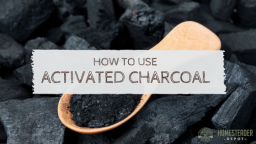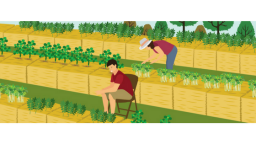Cucumbers are a delicious treat to grow in the garden, and it’s really fun to branch out and try different varieties, from pickling cucumbers for your root cellar to small, juicy Gerkins you’ll rarely find at the supermarket.
The trouble with cucumber plants is that they crawl…like crazy. The cucumber plant from simply one seed can spread out up to 20 square feet when grown in garden beds. If space is a challenge in your garden, this probably doesn’t sound too appealing.
Fortunately, there’s a very simple solution: letting cucumber grow upward, instead of outward! It’s very easy to train cucumbers on a trellis or other raised structure, and can greatly maximize both space and even yield.
Here are some tips:
Choosing Your Space and Structure
You can even grow cucumbers in containers and train them upwards, which can sometimes make the use of a trellis easier, such as using one along a fence. If you don’t have a lot of experience with trellises, this is a great option to give cucumbers a shot before planting a huge crop in your garden.
You’ll want a deep, wide container, at least 12″ in depth and width.
If you are planting in the garden, choose a trellis that you can install securely in your garden bed, with plenty of space around the garden bed you’ve chosen to safely access the trellis without disturbing other plants. Your trellis should be 5-6 ft in height, and ideally should be an a-frame trellis. This will be both more secure and easier for the plant to “climb”.
Planting and Training Your Cucumbers
Cucumbers are heavy feeders, like tomatoes, so make sure your container or garden bed has healthy, well-fertilized soil before planting. Sow directly into the ground according to the seed packet instructions, and thin out according to these instructions as well. Once the plants are beginning to “crawl”, which is typically about 10-12″ in length, gently train them onto the trellis. This means picking them up and placing them on the trellis. Cucumber plants will
“Training” the cucumber means picking them up and placing them on the trellis. Cucumber plants will naturally attach themselves to it and crawl up it, it just might take a bit of coaxing at first, but it will be very happy to have a home. In this period, you’ll want to check it every day, and train each plant accordingly.
Care
Cucumbers will require frequent watering as they are very thirsty plants. However, take care to water just the soil underneath your trellis, as getting the leaves too wet can encourage fungal growth.
You should have already planted in well-composed, nutrient-rich soil, but once the plant starts to flower, side dress the plant with aged manure.
Harvesting
Once your cucumber plants begin to produce fruit and ripen, begin harvesting as soon as you determine ripeness. You won’t want to leave the cukes on the stem too long as they can attract pests and can rot very quickly. As soon as you begin harvesting, make a daily trip to the cucumber plant to collect what you can.
Happy gardening!
If you enjoyed this, you might also like….
Is Your Homestead Safe for Your Family?
Will You Survive WWIII?
Effective Primal Diet Hacks…









